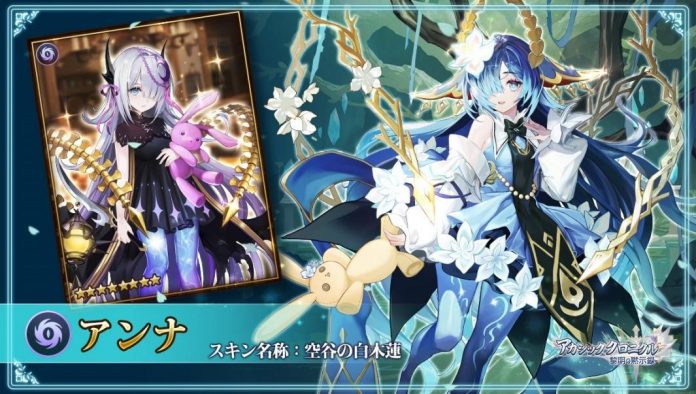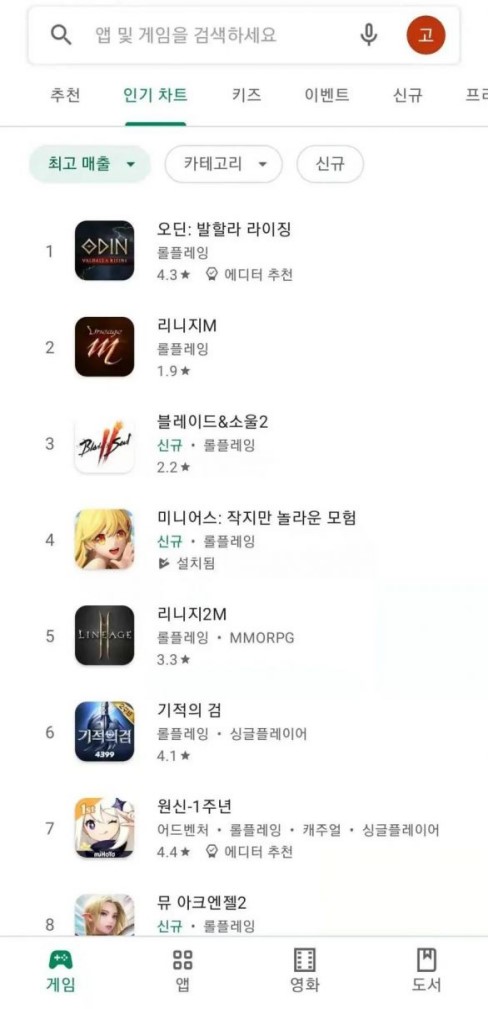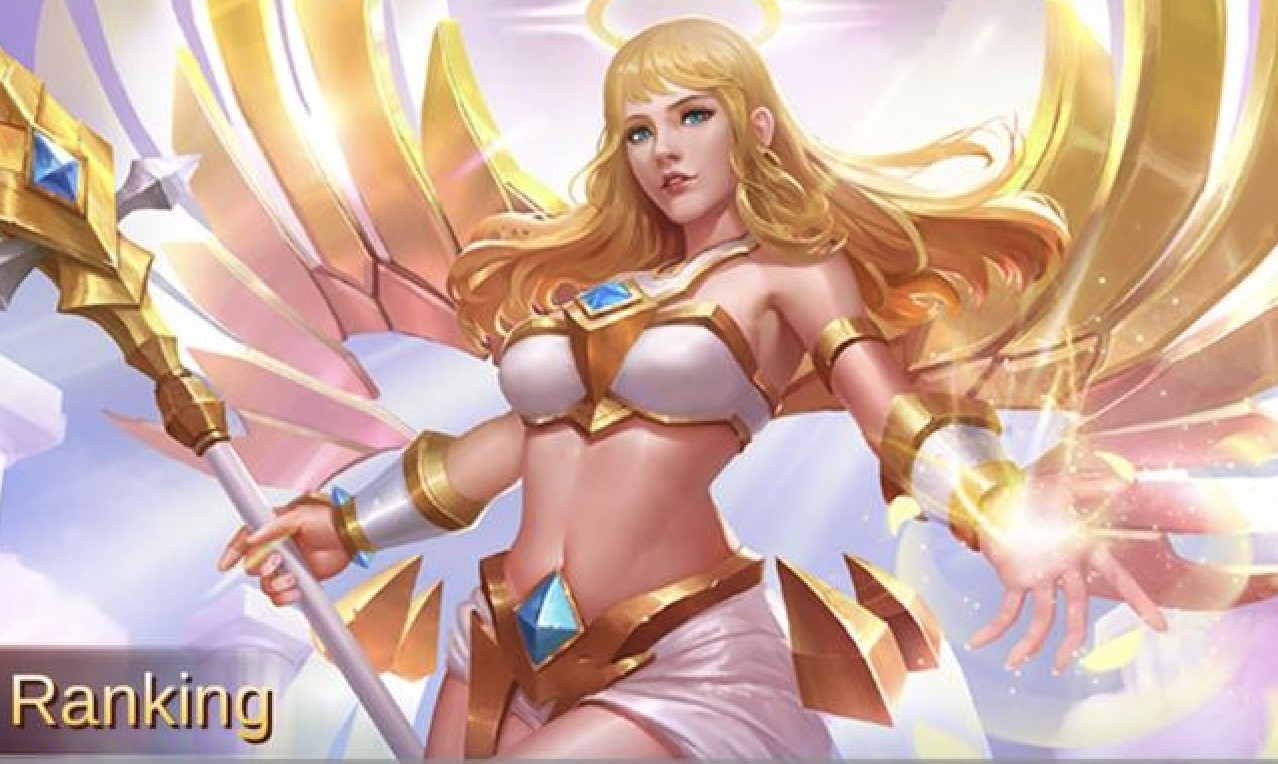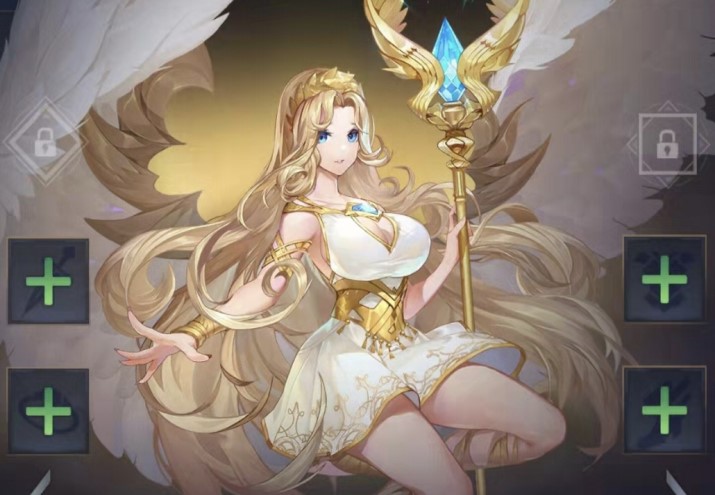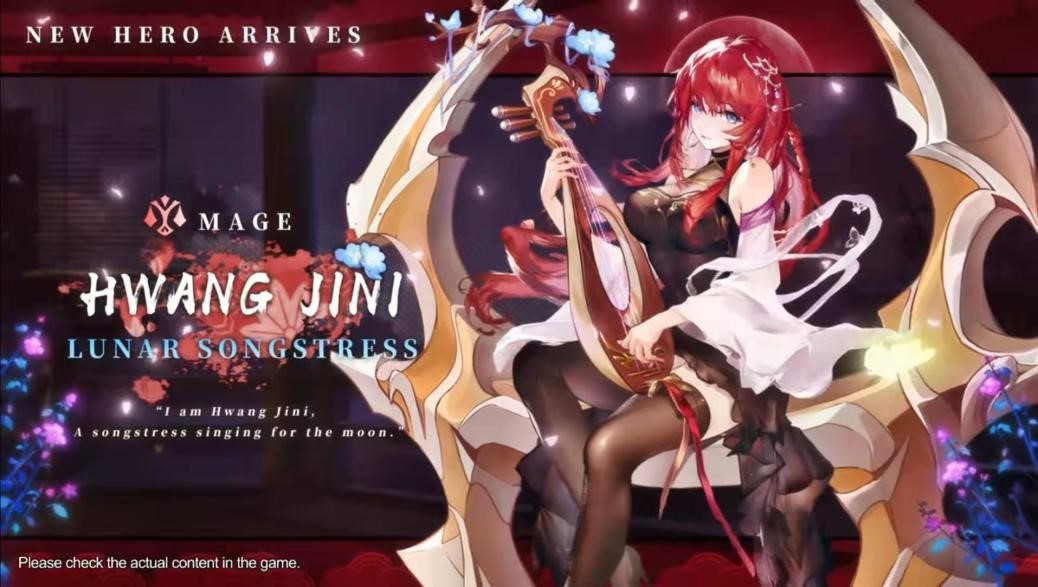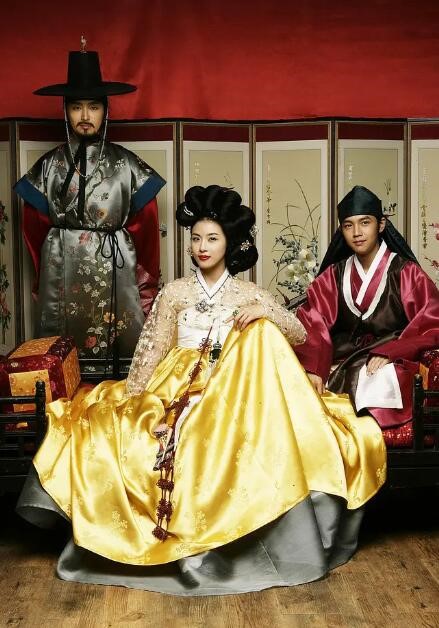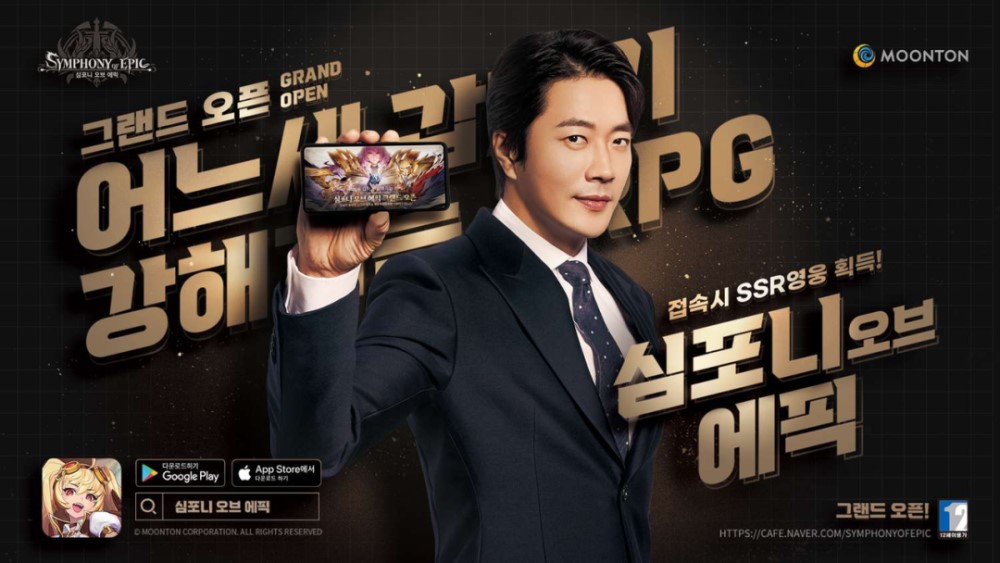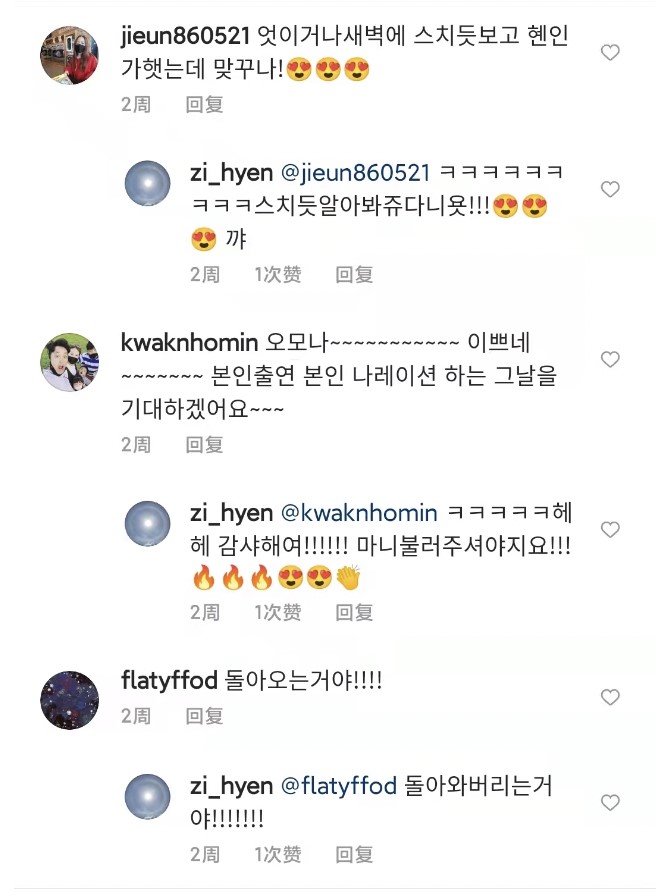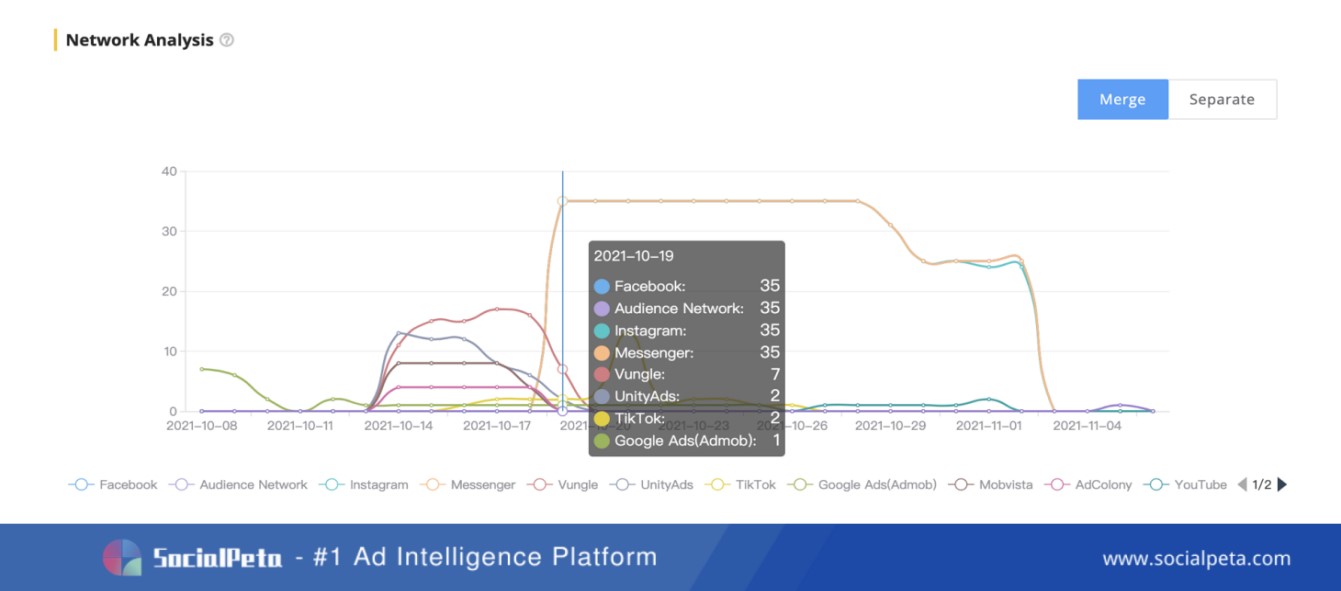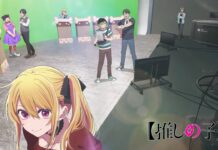“Korean people like realistic graphics games, right?” If you think that way, you may lose many great chances to make your games successful in South Korea. On 13 October 2021, Mobile Legends: Adventure (MLA for short), a anime idle RPG, was launched by Moonton, a Chinese multinational video game developer and publisher. The game became the most downloaded on both the App Store and Google Play Store the next day after its release in South Korea, and it remained at No. 1 for 5 consecutive days with strong growth.
Based on experience, best-selling games in South Korea were mostly “realistic graphics + MMO” mobile games with medium or heavy gameplay released by Korean companies. It’s rare to see a “anime + idle” mobile game with light gameplay such as MLA on the top list.
(A typical anime-style drawing of a character in MLA)
Before that, there were a few Chinese mobile games that achieved such success in South Korea. Figure Fantasy had been on the list of Top 3 most downloaded games on Google Play for 2 consecutive weeks upon its release, even doing better than Lineage 2M and MU, two classic MMO games in Korea. Final Gear was also on the list of Top 3 best-selling games on Google Play in May this year.
Let’s find out how MLA became popular among players in South Korea.
Drawings changing from Wonder Woman style to Cardcaptor Sakura style
According to the Analysis Report on Asian Mobile Game Market in 2021, anime games were quite popular in Asia and had a big audience. In the South Korean market, a high-quality anime game was refreshing and exciting when players were tired of being surrounded by so many great realistic graphics games. The following mobile games received attention and downloads by optimizing their ad creatives to be more anime-like.
As MLBB’s official sequel, MLA optimized the drawings of characters in detail, instead of directly copying all characters. As is shown in the above image, Rafaela in MLBB was drawn in a more realistic way, while in MLA, she was a tender big sister, her eyes no longer firm but gentle and bright. Her figure was softer, changing from a curvy and firm body into a round and plump one. With a closer look, you can see more efforts were made in drawing Rafaela’s feather in shadow.
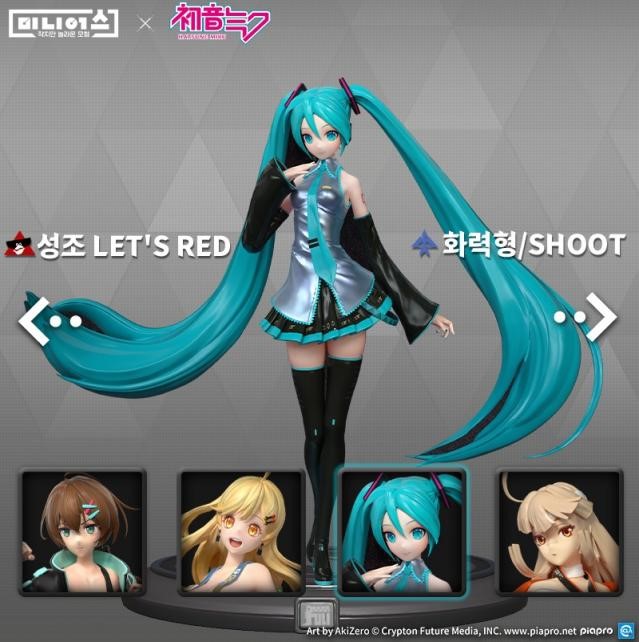 (Figure Fantasy collaborates with the phenomenal virtual idol Hatsune Miku)
(Figure Fantasy collaborates with the phenomenal virtual idol Hatsune Miku)
A similar strategy was adopted by Figure Fantasy that was published by Bilibili. The game is figurine-themed with more anime characters. Figurines are very delicately made, and therefore very expensive. Players who buy figurines are often very passionate about the characters. Figure Fantasy touched a soft spot in the hearts of those players by integrating figurines with it.
In the above video creative for Figure Fantasy, 3 different unfinished figurines are colored and then come alive after they are scanned with a smartphone. Giving color and life to the figurines makes players feel more involved. At the end of the video, figurines providing help with homework is a sweet way to involve in players’ lives, causing a stronger desire in them to own the figurines. Then the download links are shown. The probability is very high for viewers to download and play the game.
There is no question about games of a new genre being able to catch great attention in a short term. However, game companies need to polish up their localization strategies if they want to achieve stable long-term growth.
Localization with The Korean Wave
Find the Korean wave in Korean history
MLA is very much localized with a hero Hwang Jini exclusively designed for South Korean players.
Hwang Jini was one of the best poets of the Joseon Dynasty whose works have been included in junior and senior high school textbooks in Korea. She was also known as a gisaeng whose life was so fascinating that many films and television series were adapted by her story, including a film starring Song Hye-kyo and a TV series starring Ha Ji-won.
As an almost myth-like figure in modern Korea, Hwang Jini’s appearance in a bishōjo mobile game greatly increased the game’s popularity. Many players talked about the game in the MLA fan community on Naver, and the community has over 80,000 followers. It shows that well-known historical figures are also a good choice to promote games in Korea.
Choose a Korean Wave that fits the game
It is obvious that South Korea’s entertainment industry has been booming, and the Korean wave has spread into Asia and further into the whole world. Many games published in Korea were promoted by celebrities or local KOLs who were supported by a certain number of fans in Korea. So, it is crucial that the right celebrities are chosen for games. MLA of Moonton chose Kwon Sang Woo, a successful South Korean actor famous for his roles in Sad Love Story and Stairway to Heaven.
 (A screenshot of the ad creative (left) and a famous scene from Sad Love Story (right))
(A screenshot of the ad creative (left) and a famous scene from Sad Love Story (right))
Many famous scenes from his film and television works were replayed by Kwon Sang Woo in the ads for MLA. Such as pulling his cap over his tearful eyes in Sad Love Story, and standing out to fight together in Once Upon a Time in High School. Players felt both familiar and strange to see wonderful scenes from their memories reproduced in the game’s ads. A lot of players said they were looking forward to the game: “Is it really played by Kwon Sang Woo? Wow, that’s something to look forward to.”
The ads helped MLA capture a lot of attention. Moonton seized the chance and spent more effort on advertising after the game’s open beta. According to SocialPeta‘s data about MLA’s advertising in South Korea, it’s obvious that the ad creatives for the game peaked within a week after its open beta on 13 October. During that period, MLA became the best-selling game in South Korean app stores.
Judging by its performance, MLA’s localization strategy in Korea was very successful, starting with celebrity promotion and followed by constant advertising during the game’s open beta.
Conclusion
As is seen from the above cases, market insight is the most important thing when publishing games in South Korea. It may be easier for anime-themed games to grab a share in the South Korean market than games of fierce competitive genres. However, game companies need to tailor their localization strategies to fit their games if they want to achieve stable long-term growth.


